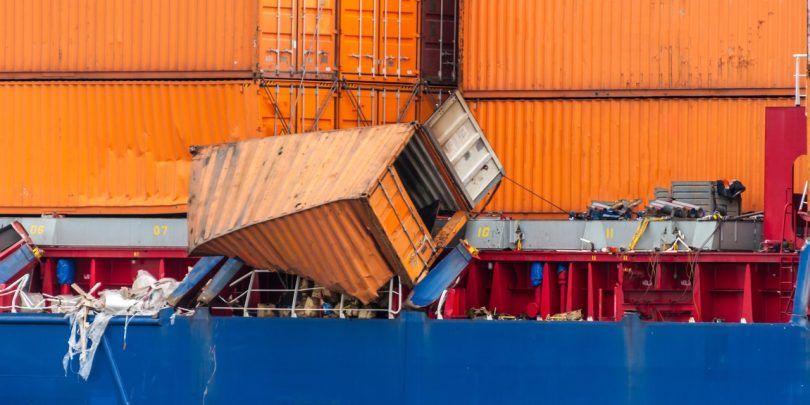[ad_1]
With many countries seeing rates at or around 10%, soaring inflation is compounding existing trends driving higher claims severity, including larger vessels and environmental, social and governance (ESG) factors. Higher steel prices, the higher cost of spare parts, and rising labor costs are all impacting the cost of hull repair and machinery breakdown claims.
Incidents such as fires, collisions and groundings are among the top causes of marine insurance claims by value, with a number of costly incidents in recent years. Accidents involving large container ships and car carriers are particularly expensive, reflecting the accumulation of cargo exposures and challenges in emergency response and salvage. In many cases, a small incident, such as a fire in mis-declared cargo or errors in stability calculations have resulted in a total loss.
In particular higher salvage and wreck removal costs are associated with larger vessels, which require specialist equipment and rely on a limited number of ports of refuge. The ultra-large container ship Ever Given took almost a week to free having blocked the Suez Canal in 2021, while its sister ship the Ever Forward took a month to re-float after it ran aground a year later in Chesapeake Bay in the US. Both incidents were declared General Average, a complex process whereby cargo interests and vessel owners share losses and the costs of salvage.
Salvage costs have also been rising in response to heightened ESG and sustainability concerns, which favor lengthy and expensive wreck removal. The capsizing of the car carrier Golden Ray in the US in 2019 was one of the costliest shipping incidents in modern times, costing [7] over $1bn, with salvage and wreck removal costs having exceeded $800mn to date. The wreck removal of the Costa Concordia cruise ship off Italy between 2012 and 2014 cost in the region of $1.3bn while the wreck removal of the Rena, which sank in 2011 off New Zealand cost and estimated $450m [8]. The Rena clean-up operation was not declared complete until April 2016.
Inflation is also adding to the problem of rising values at risk. The value of both vessels and cargos has been increasing at a time of growing exposures associated with larger vessels, which can carry over 20,000 containers at a time. The surge in demand for shipping has seen the value of vessels increase significantly in recent years. According to Clarkson Research Services, the combined value of the global merchant fleet increased 26% to $1.2trn in 2021 [9], while IUMI also noted that the overall value of insured vessels rose significantly in 2021, driven primarily by the large increase in container ship prices which were up more than 35%, with dry bulk and general cargo vessel values also seeing increases.
The average value of container shipments has also been increasing with inflation and an increase in the shipping of high value goods like electronics and pharmaceuticals.
“We see more high value goods being shipped by container, while the average cost of goods rises with inflation,” says Khanna. “It is not unusual to see one container valued at $50mn or more for high value cargoes like pharmaceuticals. These high value cargoes need additional risk mitigation measures, such as GPS trackers and sensors that provide real time monitoring on temperature, moisture shock, light and door openings, for example. At the same time cargo interests need to keep a close eye on insured values. Clients may need to adjust their insurance and policy limits, or risk being underinsured – we have already seen claims for high value container cargoes where the cargo interest was underinsured by as much as $20mn.”
[ad_2]
Source link








